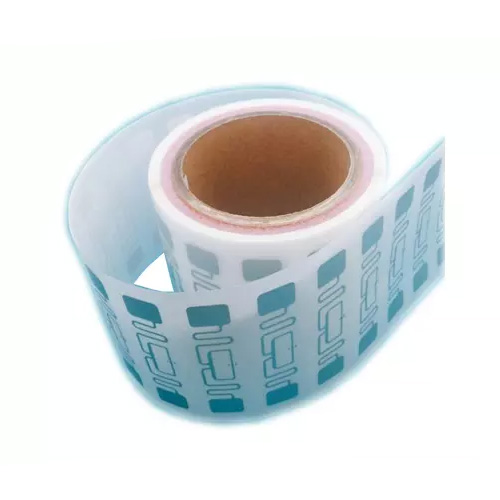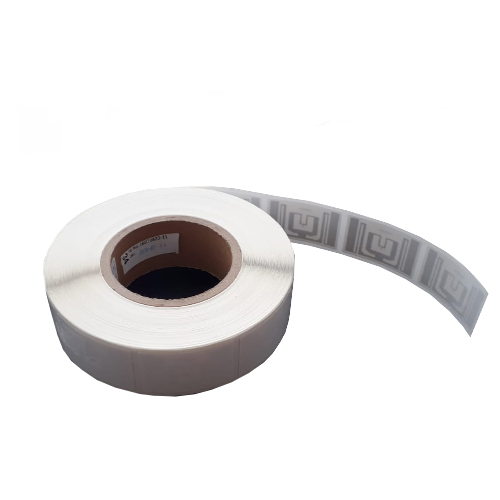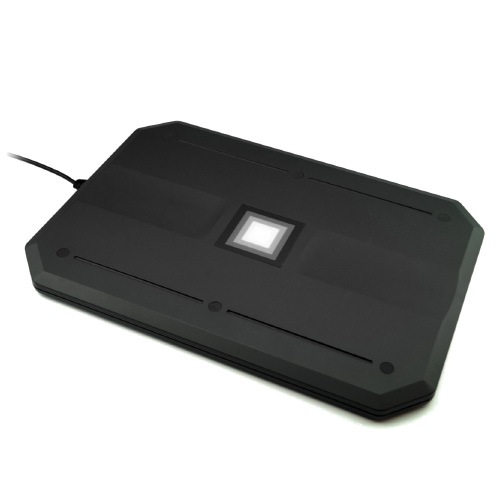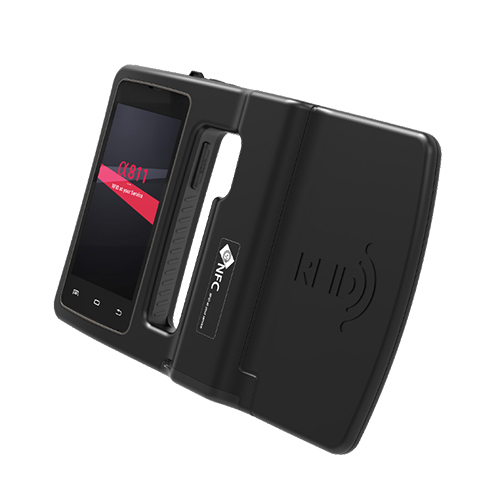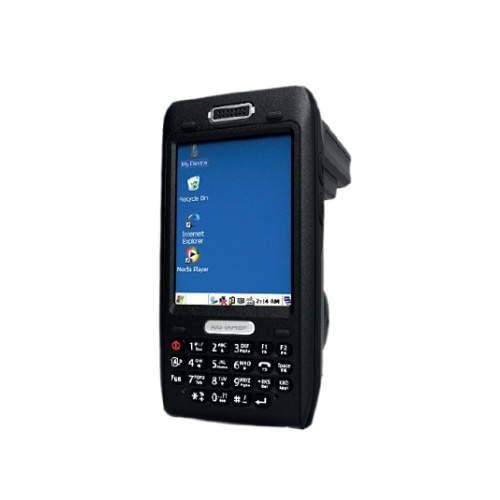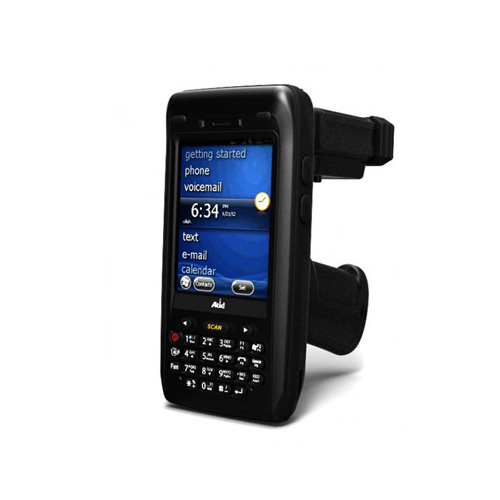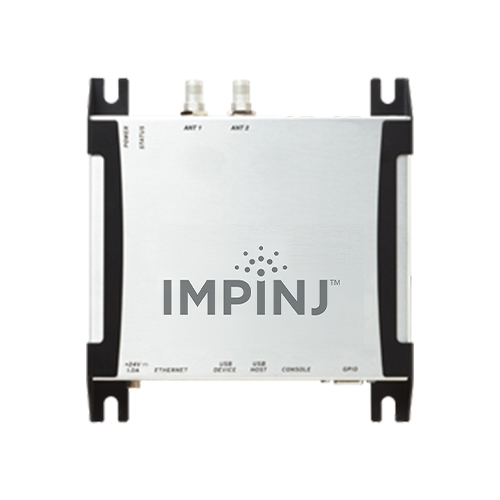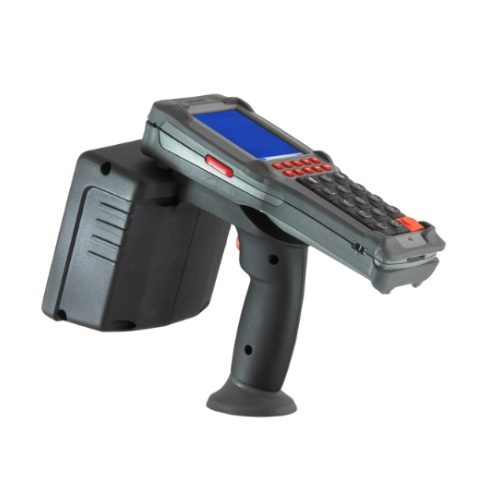UHF Passive RFID, aka “RAIN RFID”, is the name used to define RFID systems working according to Epc Class 1 Gen 2 protocol and ISO 18000-63 standard. Similar to other RFID systems, UHF RFID systems contain UHF RFID Readers, UHF RFID Antennas and UHF RFID Tags. Although in UHF RFID, different frequency bands used worldwide, in fact, the frequency bands generally selected in the range of 860-960Mhz. Since UHF RFID system are passive, the tags are energized by using the radio waves emitted by the UHF RFID Readers through UHF RFID Antennas. This phenomenon is also called as far field coupling. In addition to far field coupling, since the tags have near field antenna pattern, they are also eligible to be energized by inductive coupling, which, in practice, enables the identification of the tags in near field detection scenarios. Thanks to UHF RFID, it is possible to easily, rapidly identify the tagged objects from a considerable distance without the need of external power source & line of sight.
